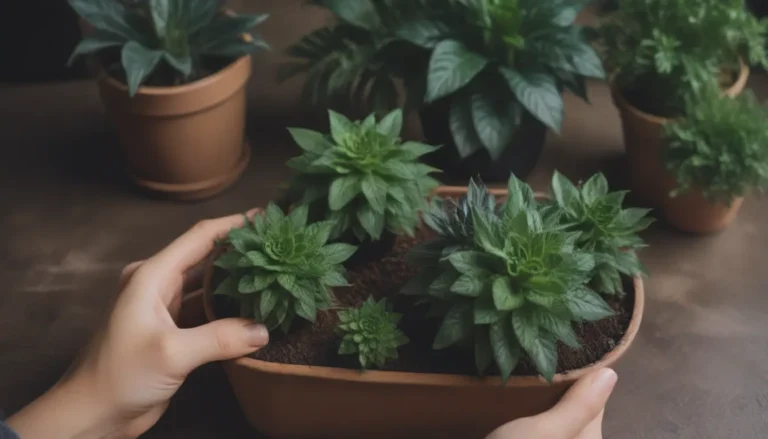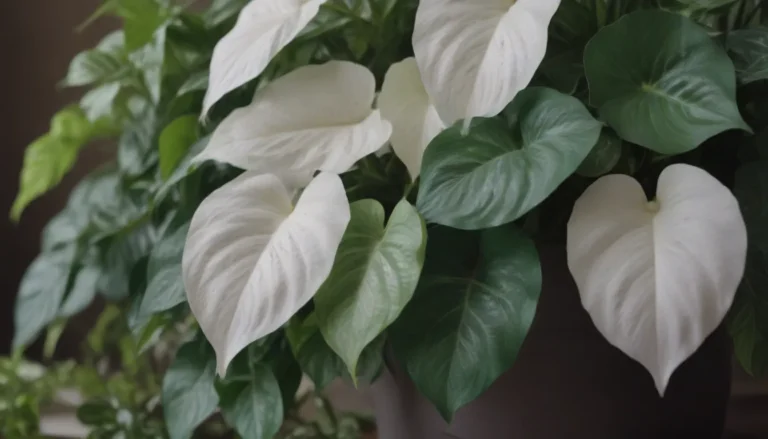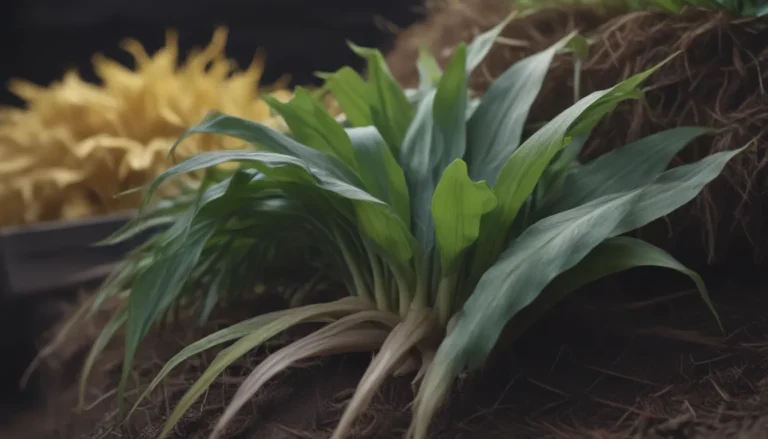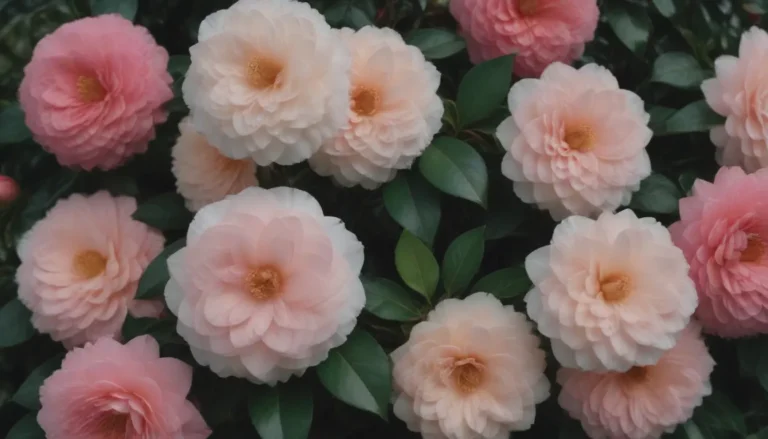A Comprehensive Guide on How to Grow and Care for Purple Shamrock (False Shamrock)

If you’re looking to add some unique color and charm to your plant collection, look no further than the purple shamrock, also known as Oxalis triangularis or false shamrock. With its striking deep purple foliage and delicate white to pale pink flowers, this plant is sure to stand out in any garden or indoor space. In this comprehensive guide, we will explore everything you need to know about growing and caring for purple shamrock to help you maintain a healthy and thriving plant.
Introduction to Purple Shamrock
Purple shamrock is a rare and fascinating plant that boasts nearly black foliage, which is actually a deep purple color. Its leaves are triangular in shape and typically grow in groups of three, giving the plant a unique appearance. One interesting feature of purple shamrock is that its leaves fold up almost like an umbrella at night or on cloudy days, only to open again with the morning light. The plant also produces delicate flowers in white, pale pink, or lavender colors.
This plant is best planted in the spring and can be grown in the ground within its growing zones, in containers, or as an indoor houseplant. With a moderate growth rate, purple shamrock requires specific care to thrive and flourish. However, it’s important to note that all parts of the purple shamrock plant are toxic to both humans and pets, so handling with care is essential.
Purple Shamrock Care Tips
Caring for your purple shamrock plant is fairly straightforward, as long as you provide it with the right growing conditions and attention. Here are some essential care tips to help you keep your purple shamrock happy and healthy:
Light
- Purple shamrock plants thrive in full sun to partial shade, receiving roughly four hours of direct sunlight daily.
- For indoor plants, place them by a window that receives bright light and rotate the pot regularly to ensure even growth.
- Protect outdoor plants from the hot afternoon sun in hot climates to prevent damage to the foliage.
Soil
- Purple shamrock plants prefer well-draining soil to prevent root rot.
- Loamy or sandy soil is ideal for outdoor growth, while a general, well-draining potting mix is suitable for container plants.
Water
- Water young plants regularly to maintain soil moisture levels, watering when the top inch of soil is dry.
- Established plants are drought-tolerant and forgiving if watering is occasionally missed.
- During the growing season, water once the soil has dried out, and reduce watering when the plant is dormant in the summer.
Temperature and Humidity
- Purple shamrock plants thrive in temperatures between 60 and 75 degrees Fahrenheit, making them ideal for indoor growth.
- Protect plants from strong winds outdoors and drafts indoors, maintaining moderate humidity levels for optimal growth.
Fertilizer
- Use slow-release or liquid fertilizer during the growing season, following label instructions.
- For indoor plants, a liquid fertilizer for houseplants is recommended, with compost added to promote healthy growth.
Propagating and Growing Purple Shamrock
If you’re looking to expand your collection of purple shamrock plants, propagating is a cost-effective and straightforward method to create new plants. Mature purple shamrocks can be propagated by division during their growing season to prevent overcrowding and rejuvenate the plant. Additionally, growing purple shamrock from bulbs is the preferred method, as they do not grow from seeds. Plant the bulbs in the spring, water them regularly, and watch for growth in a few weeks.
Potting and Repotting Purple Shamrock
Selecting the right pot and maintaining proper care for your purple shamrock is crucial to its overall health and growth. When repotting, choose a pot slightly larger than the root ball with ample drainage holes and a quality potting mix. Repot every two years, and make sure to water the plant thoroughly after transplanting to ensure proper hydration.
Overwintering and Common Pests & Diseases
During the winter, purple shamrock plants grown outside their hardiness zones should be brought indoors to prevent damage from frost. Keep the plant in a bright, draft-free area and avoid overheating the room to encourage healthy growth. Purple shamrocks are susceptible to pests such as mealybugs, aphids, and spider mites, as well as diseases like powdery mildew. Treat infestations promptly with appropriate measures to protect your plant.
Blooming and Common Problems
To encourage blooming in your purple shamrock plant, provide adequate sunlight, water, and fertilizer, ensuring the plant is in good health. While purple shamrocks are generally easy to maintain, common problems like drooping leaves, browning foliage, and dormancy periods may arise due to environmental factors. Adjusting light exposure, watering schedules, and temperature levels can help resolve these issues and maintain a thriving purple shamrock plant.
In conclusion, purple shamrock is a unique and captivating plant that can add a touch of elegance to any indoor or outdoor space. By following the care tips and guidelines outlined in this comprehensive guide, you can successfully grow and maintain a healthy purple shamrock plant that will delight you with its vibrant foliage and charming flowers.
Remember to handle the plant with care due to its toxic nature and enjoy the beauty it brings to your home or garden. With proper care and attention, your purple shamrock will reward you with its stunning colors and graceful presence for years to come. Happy gardening!





